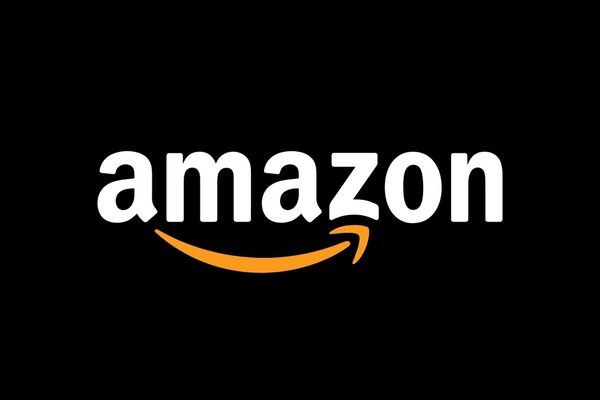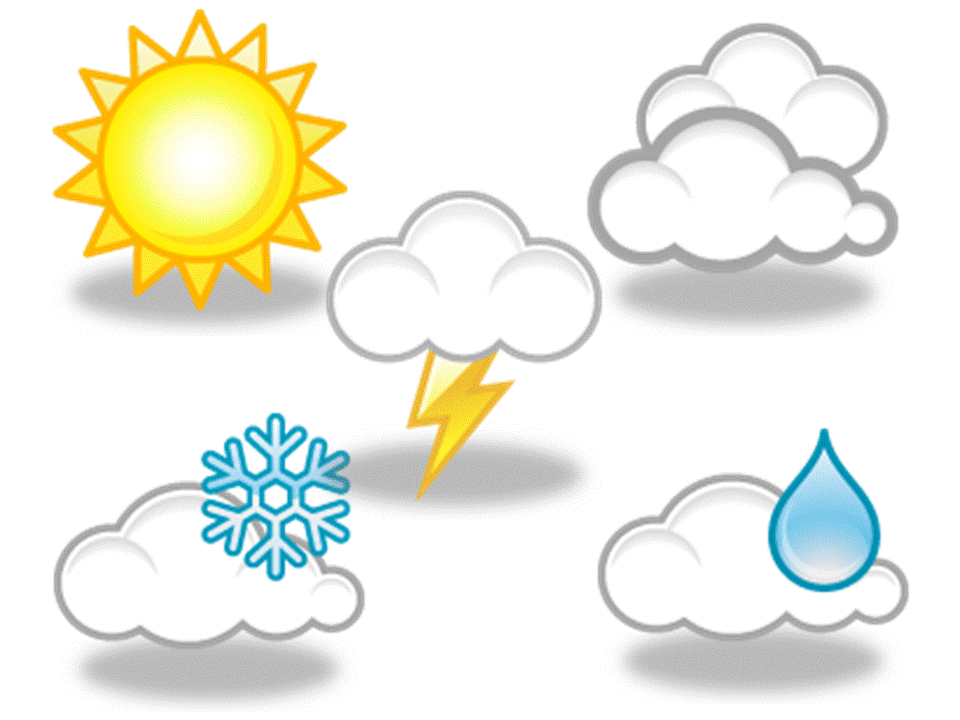Student borrowers are facing uncertainty under the new administration
A series of executive orders are raising fearsabout the future of more than 40 million people with student loans. Last week, President Trumpsignedan executive order aimed at eliminating the Department of Education.
And last month, Trump signed an executive order that would make it more difficult to get student loan forgiveness.
The White House has also quietly directed student loan services to stop processing applications for certain income-driven repayment plans.
All the efforts face legal challenges and eliminating the Department of Education would require the approval of Congress.
Recent actions by the Trump Administration to block access to affordable student loan repayment plans and terminate staff in the Student Aid Ombudsman office and offices that oversee student loan servicers are already causing chaos for people trying to pay their student loans," said Abby Shafroth, co-director of advocacy at the National Consumer Law Center, ina statement.
"Dismantling the Department of Education will make things much worse, creating new disruptions and costly and frustrating problems for students, borrowers, and their families in every state, she added.
What does Trump's order to eliminate the Education Department mean for borrowers?
Congress created the Education Department in 1979 to address fragmented policies on education across the federal government. Today, the Education Department is known for distributing funding, enforcing anti discrimination through Title IX and managing student loans.
Trump's executive order aims to cut the department's workforce in half and prepare for eliminating the department entirely, which will require the approval of Congress.
The administration also aims to move the management of student loans to the Small Business Administration (SBA), but legal experts say that may also require the approval of Congress, Forbes reports.
The National Association for the Advancement of Colored People (NAACP) and labor unions have sued to prevent the shutdown of the department andthe transfer of student loans to the SBA.
"Eliminating or effectively shuttering the Department puts at risk the millions of vulnerable students, including those from low-income families, English learners, homeless students, rural students and others, who depend on Department support," NAACP said. "It could also reduce access to Pell Grants, upend repayments for student loan borrowers, and invite fraudulent and predatory behavior from unscrupulous institutions of higher education."
What does Trump's order on student loan forgiveness mean for borrowers?
Created in 2007 under President George W. Bush, the Public Service Loan Forgiveness (PSLF) program is offered to people who make the equivalent of 10 years of payments andworkin nonprofit and public sector jobs, includingteachers, nurses, members of law enforcement,military personnel, municipal workersand religious leaders.
Trump's executive order limits loan forgiveness under PSLF for "illegal" activities, but it is unclear how far reaching this could be interpreted and it could including immigration, LGBTQ organizations andpublic and nonprofit organizations that have DEI initiatives, Forbes reports.
It is the policy of my Administration that individuals employed by organizations whose activities have a substantial illegal purpose shall not be eligible for public service loan forgiveness, Trump said in the order.
The order isn't yet in full force and Trump has just directed the Education Department to draft regulations.
We are reviewing the recent Executive Order regarding the Public Service Loan Forgiveness (PSLF) Program, the Department of Educations PSLF website has currently posted. There are no changes to PSLF currently, and borrowers do not need to take any action.
What does Trump's effort to end income-driven repayment plans mean for borrowers?
Introduced in 2023, the Saving on a Valuable Education (SAVE) plan offers lower monthly payments to student loan borrowers based on their income and family size.
"The SAVE Plan lowers payments for almost all borrowers compared to other [income-driven repayment]plans because your payments are based on a smaller portion of your adjusted gross income," according to the Federal Student Aid website.
The Trump administration ordered student-loan servicers to stop processing applications for SAVE and also took down application forms.
Federal law requires the Department of Education to offer the plans, which is why the administration's move is currently being challenged in court by a lawsuit from theAmerican Federation of Teachers.
Sign up below for The Daily Consumer, our newsletter on the latest consumer news, including recalls, scams, lawsuits and more.
Posted: 2025-03-26 20:08:13




















